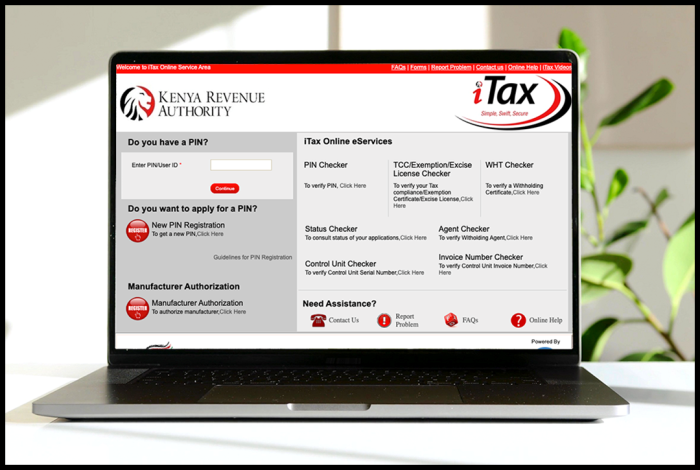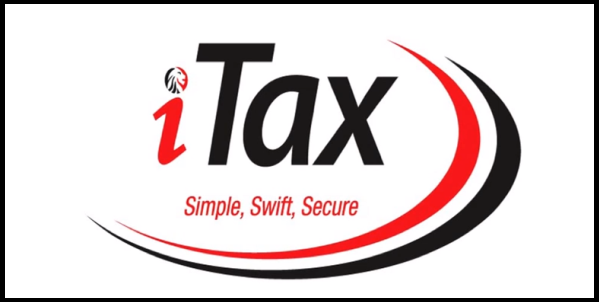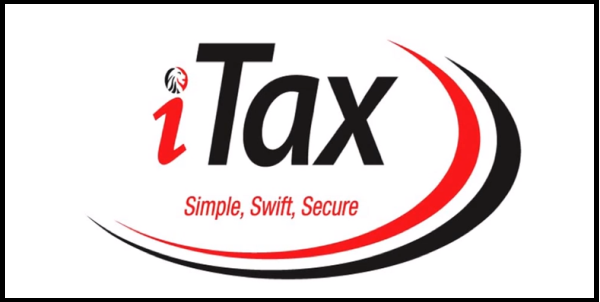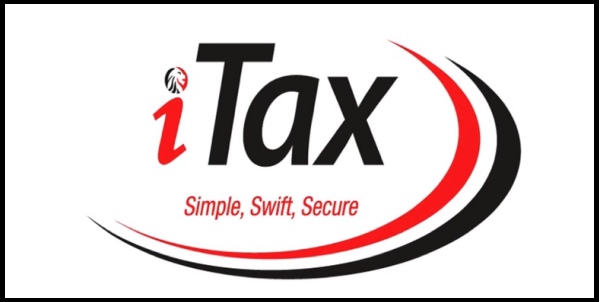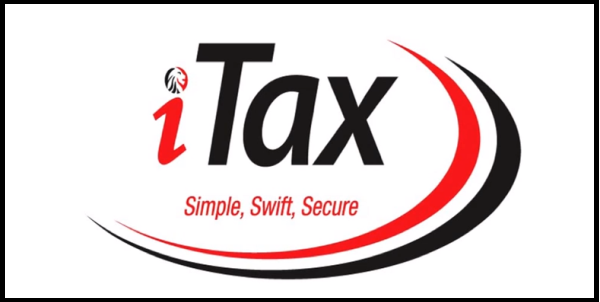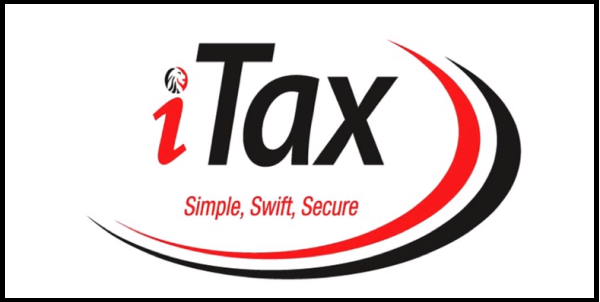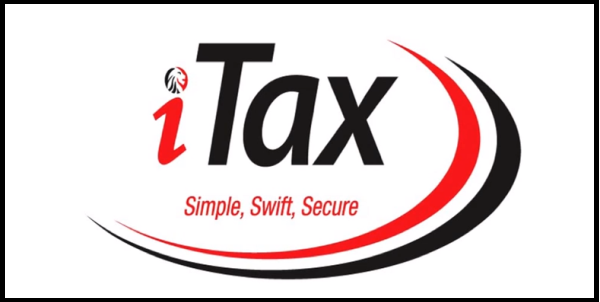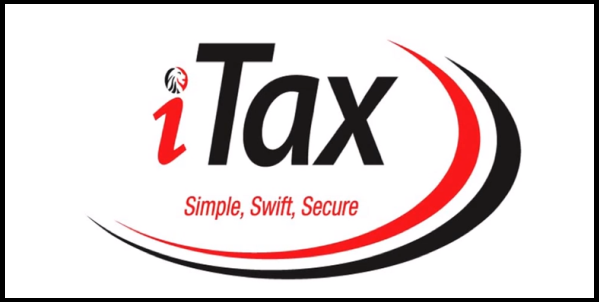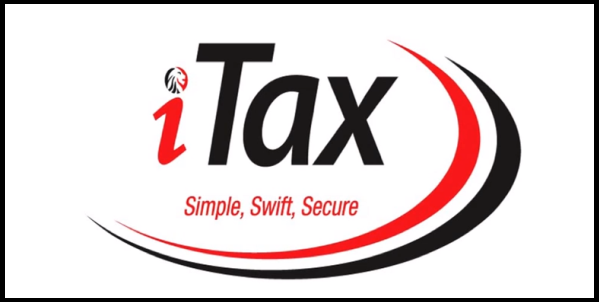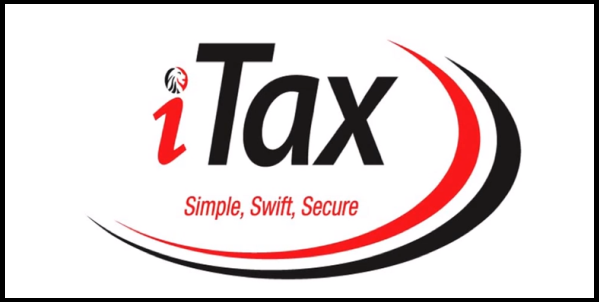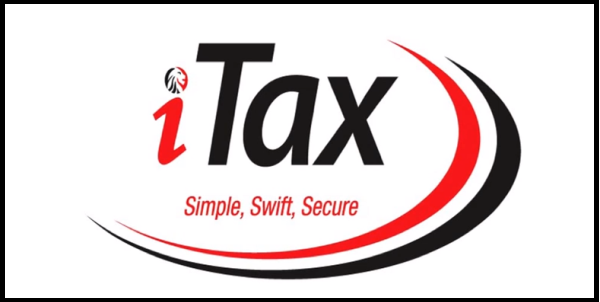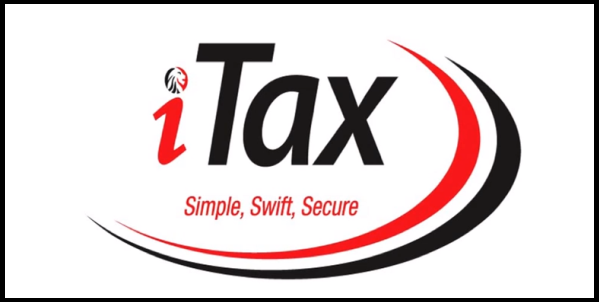The world of maritime trade and logistics is evolving rapidly, and technology is playing a vital role in transforming port operations. One such technological advancement is KWATOS, which stands for Kilindini Waterfront Automated Terminal Operating System. For those new to port operations, especially at the Port of Mombasa, understanding what KWATOS is and how it works is essential.
READ ALSO: How To Download KPA Port Pass Application Form: Step-by-Step Guide
In this complete beginner’s guide, we’ll explore everything you need to know about KWATOS – what it is, how it works, its features, benefits, and why it’s a vital part of the Kenya Ports Authority’s modernization journey.
What is KWATOS?
KWATOS (Kilindini Waterfront Automated Terminal Operating System) is an advanced, automatic, and optimized port operating system specifically designed to streamline operations in container and breakbulk (conventional cargo) terminals.
Implemented by the Kenya Ports Authority (KPA) at the Port of Mombasa, KWATOS revolutionizes how port terminals plan, execute, and monitor cargo handling. It facilitates automated cargo documentation, real-time operational control, and enhanced customer service, making port operations faster, more secure, and more efficient.
KWATOS KPA: The Kenya Ports Authority Connection
KWATOS is fully owned and managed by the Kenya Ports Authority, often referred to in context as kwatos kpa or kpa kwatos. The system forms part of KPA’s broader strategy to digitize and modernize port operations to meet global standards, reduce delays, and attract international trade.
The implementation of KWATOS at the Port of Mombasa has positioned the port as a regional hub for efficient maritime logistics in East and Central Africa.
Key Features of KWATOS
Let’s take a closer look at the core features that make KWATOS a powerful system:
1. Real-Time Operational Control
One of KWATOS’ most important capabilities is its support for real-time operation control using:
- Handheld Terminals (HHT)
- Vehicle Mounted Terminals (VMT)
These mobile technologies enable terminal operators and field workers to track and update cargo movement instantly. Whether it’s a container being offloaded or loaded onto a ship, the data is immediately captured and updated in the system.
2. Automated Documentation
KWATOS supports full automation of import and export documentation, significantly reducing the time and errors associated with manual paperwork. This includes:
- Bill of lading entries
- Customs clearance coordination
- Cargo tracking and release documents
3. Secure Access Control
KWATOS ensures that sensitive documents and operations are only accessible by authorized users. This increases document security and minimizes fraud or unauthorized changes.
4. System Audit Trails
Every operation performed within KWATOS is logged. These audit trails provide a comprehensive historical record that is vital for tracking activities, conducting audits, and ensuring compliance.
5. Cargo Monitoring
Users can track cargo movements in real time and monitor documentation progress throughout the supply chain. Whether it’s in transit, awaiting clearance, or ready for pickup, the system provides clear visibility.
6. Automated Customer Interface
The system supports a web-based portal where shipping agents, importers, and exporters can:
- Check cargo status
- Make online payments
- Receive notifications
- Book services
This automation greatly enhances customer experience and reduces the need for physical visits to the port.
Benefits of KWATOS
Implementing KWATOS has brought numerous advantages to the Port of Mombasa and the stakeholders who use it. These include:
- Reduced Container Dwell Time
By automating many of the processes, KWATOS significantly reduces the time containers spend at the port, ensuring faster turnaround and freeing up space.
- Improved Efficiency
Real-time tracking and automated processes eliminate bottlenecks and streamline workflows, resulting in faster cargo handling and better terminal management.
- Enhanced Transparency and Security
Thanks to access controls and audit trails, the system enhances the security and accountability of operations.
- Cost Savings
Automation reduces human error, paperwork, and delays — all of which translate to lower operational costs for both KPA and businesses.
- Data-Driven Decision Making
KWATOS generates valuable analytics and reports, enabling KPA and shipping stakeholders to make informed decisions about terminal operations.
How to Use KWATOS: A Beginner’s Walkthrough
If you’re new to KWATOS, here’s a simplified breakdown of how the system works for a typical cargo transaction:
1. Cargo Arrival at Port
- Cargo arrives and is logged into KWATOS using HHTs or VMTs.
- Container and cargo details are captured in real-time.
2. Documentation
- Importers or their agents log in to the customer portal.
- Documentation like cargo manifests, delivery orders, and customs clearance are submitted digitally.
3. Cargo Handling
- KWATOS guides cranes and port vehicles on how to move and store cargo efficiently.
- Operations are continuously updated through mobile terminals.
4. Cargo Release
- Once all documents are verified and payments completed, the system allows for the release of cargo.
- All actions are logged for future reference.
5. System Reports and Updates
Users can download reports, monitor trends, and review operational performance.
KWATOS Frequently Asked Questions (FAQs)
Below are the main FAQs about KPA KWATOS by users.
Q: What does KWATOS stand for?
A: KWATOS stands for Kilindini Waterfront Automated Terminal Operating System.
Q: Who uses KWATOS?
A: KWATOS is used by port operators, shipping lines, clearing agents, importers/exporters, and KPA personnel.
Q: Is KWATOS available at all Kenyan ports?
A: Currently, it is implemented at the Port of Mombasa, with plans for expansion.
Q: How do I access KWATOS?
A: Registered users can access KWATOS via the official KPA portal or system terminals at the port.
Q: What if I encounter issues with KWATOS?
A: KPA provides user support services, including training, a helpdesk, and technical troubleshooting.
Like any system, KWATOS comes with its share of challenges. Some users may initially find the system complex due to the high level of automation. There may also be technical downtimes, and training is essential for all users. However, the opportunities far outweigh the hurdles. With continuous updates, better training, and infrastructure support, KWATOS is set to revolutionize port logistics in East Africa and become a model for other African ports.
READ ALSO: How To Reset QMIS Password: Step-by-Step Guide
KWATOS is more than just a software platform – it’s a strategic infrastructure investment that positions the Port of Mombasa as a modern, efficient, and reliable logistics hub. For importers, exporters, clearing agents, and logistics companies, understanding and using KWATOS effectively can mean faster clearances, lower costs, and greater control over cargo movement. As KPA continues to expand and improve the system, stakeholders are encouraged to embrace KWATOS and invest in digital literacy and compliance to fully benefit from its capabilities.

Matthews Ohotto is an Article Writer at CYBER.CO.KE and a Video Creator at Step-by-Step Tutorials Kenya (YouTube). He specializes in crafting insightful Blog Posts and Video Tutorials that empower Kenyans with practical digital skills. He is a holder of Bachelor’s Degree in Business Information Technology (BBIT) from Jomo Kenyatta University of Agriculture and Technology (JKUAT).
KRA INDIVIDUAL SERVICES
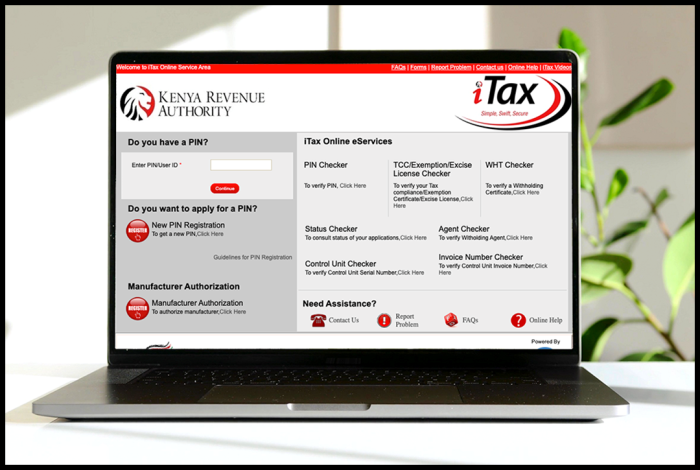
SUBMIT SERVICE REQUEST
KRA PIN REGISTRATION
Are you looking for KRA PIN Registration services in Kenya?
Submit your service request and let us handle everything for you.
Get your KRA PIN Certificate via Email Address and WhatsApp in a few minutes.
KRA PIN RETRIEVAL
Are you looking for KRA PIN Retrieval services in Kenya?
Submit your service request and let us handle everything for you.
Get your KRA PIN Certificate via Email Address and WhatsApp in a few minutes.
KRA PIN UPDATE
Are you looking for KRA PIN Update services in Kenya?
Submit your service request and let us handle everything for you.
Get your KRA PIN Certificate via Email Address and WhatsApp in a few minutes.
KRA PIN CHANGE OF EMAIL ADDRESS
Are you looking for KRA PIN Update services in Kenya?
Submit your service request and let us handle everything for you.
Get your KRA PIN Certificate via Email Address and WhatsApp in a few minutes.
KRA RETURNS SERVICES
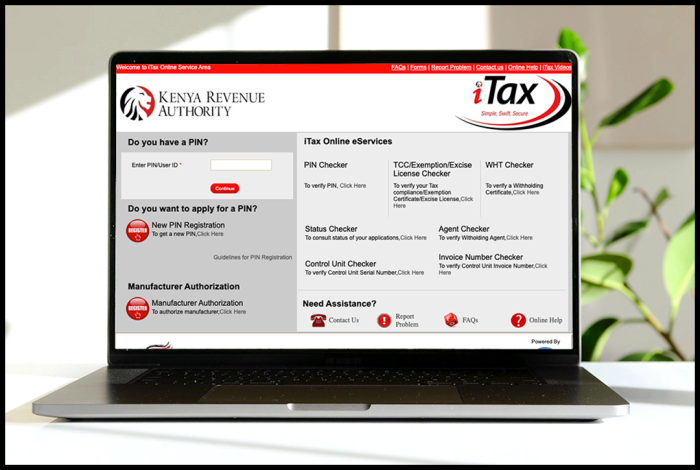
SUBMIT SERVICE REQUEST
KRA NIL RETURNS
Are you looking for KRA Nil Returns services in Kenya?
Submit your service request and let us handle everything for you.
Get your e-Return Acknowledgement Receipt via Email Address and WhatsApp in a few minutes.
KRA EMPLOYMENT RETURNS
Are you looking for KRA Employment Returns services in Kenya?
Submit your service request and let us handle everything for you.
Get your e-Return Acknowledgement Receipt via Email Address and WhatsApp in a few minutes.
KRA AMENDED RETURNS
Are you looking for KRA Amended Returns services in Kenya?
Submit your service request and let us handle everything for you.
Get your e-Return Acknowledgement Receipt via Email Address and WhatsApp in a few minutes.
KRA WITHHOLDING TAX RETURNS
Are you looking for KRA Withholding Tax Returns services in Kenya?
Submit your service request and let us handle everything for you.
Get your e-Return Acknowledgement Receipt via Email Address and WhatsApp in a few minutes.


